Take a break from the ordinary with easy, flavorful edamame. Boiled to perfection and sprinkled lightly with salt, these little green gems are a treasure trove of taste waiting to be discovered!
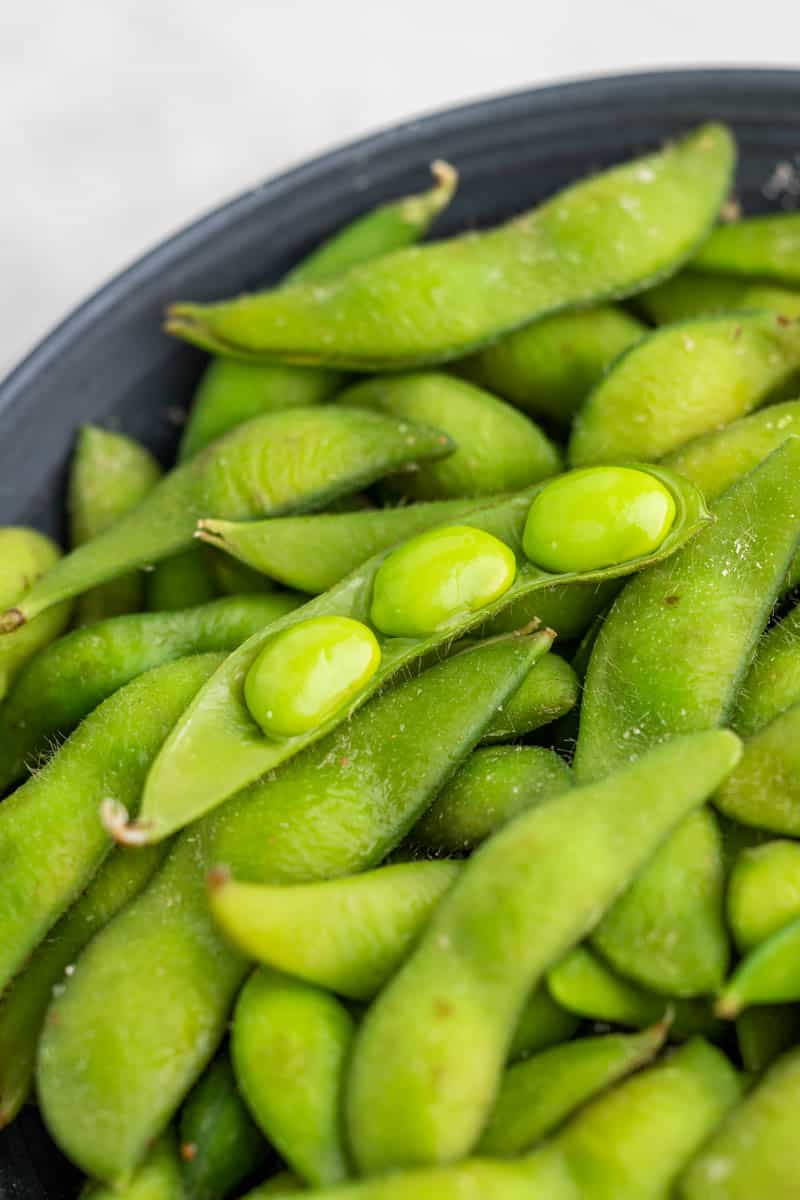
Stepping into the world of edamame is a journey of culinary simplicity and delight. Our recipe invites you to experience the magic of these modest pods, transforming them from humble beans into a savory, mouth-watering snack. It’s not just about boiling beans, it’s about embracing an age-old culinary tradition that takes minimalism to new flavor heights. So, roll up your sleeves and prepare to be amazed as you bring out the inherent flavors of edamame with the simplest touch of salt. It’s time to discover why this is a beloved staple in homes around the world!
Edamame: Unshelling its Cultural Richness
Edamame, young soybeans harvested before they harden, have a rich history deeply rooted in East Asian cuisine, particularly in Japan, China, and Korea. These vibrant green beans, often enjoyed as a snack or side dish, have been celebrated in Japanese culture for centuries. The word “edamame” literally translates to “stem beans” in Japanese, indicative of their traditional presentation on the stem. Known for their nutritional benefits and delightful taste, edamame have become a symbol of simple, heartwarming cuisine that transcends borders and connects food lovers worldwide.
This recipe is specifically designed for fresh or frozen edamame. Dried edamame has a different texture and cooking method, so it’s not recommended for this particular recipe.
Edamame turns a vibrant green color when fully cooked, and the beans inside the pods will be tender. Remember, cooking times can vary depending on the size of the beans and your preferred level of tenderness.
While the pods of the edamame are not poisonous, they are tough and fibrous, making them unpleasant to eat. The beans inside the pods are what you’re after!
Yes, overcooking edamame can make the beans mushy and less enjoyable. It’s best to taste a bean after the initial 3-4 minutes of boiling to check for your preferred tenderness.
Serving Suggestions: The World is Your Edamame
The beauty of edamame lies not only in its simplicity, but also in its versatility. Here are some ideas to inspire you:
Appetizer or Snack: Edamame is the perfect bite-sized snack to nibble on while catching up on your favorite show, or as a quick and easy appetizer to kick off a meal. They’re a crowd-pleaser at parties, too!
Complement to Sushi: In Japan, edamame is often served as a starter in sushi restaurants. The simplicity and freshness of edamame provides a wonderful contrast to the rich flavors of sushi. You can recreate this dining experience at home by serving your homemade edamame alongside your favorite sushi rolls.
Salad Topper: For a healthy and hearty addition to your meals, toss some boiled edamame into your favorite salads. Their unique, slightly nutty flavor and satisfying crunch add an unexpected twist to any salad, from leafy greens to grain-based salads.
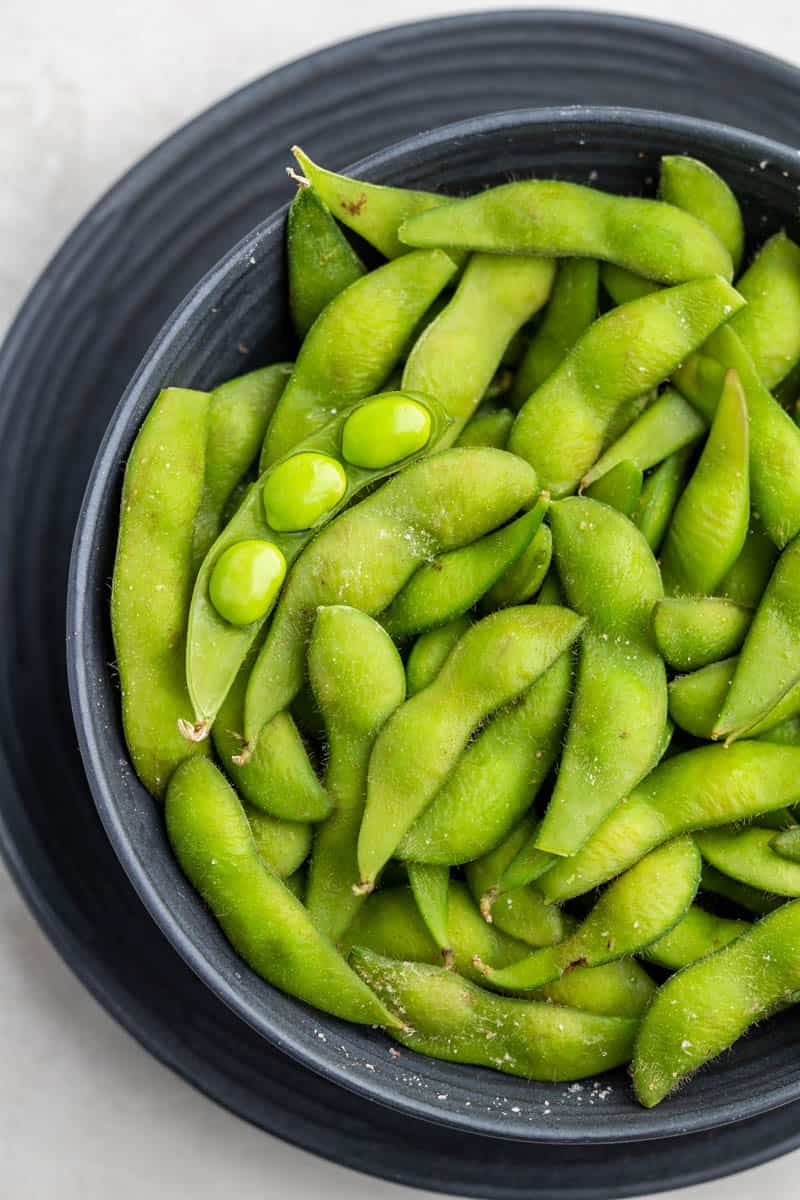
Storage & Reheating Instructions
Edamame keeps well in the refrigerator for up to five days when stored in an airtight container. To reheat, simply steam or microwave until warm. Avoid boiling again as it can make the beans mushy.
If you like this recipe, you may be interested in these other delicious veggie recipes:



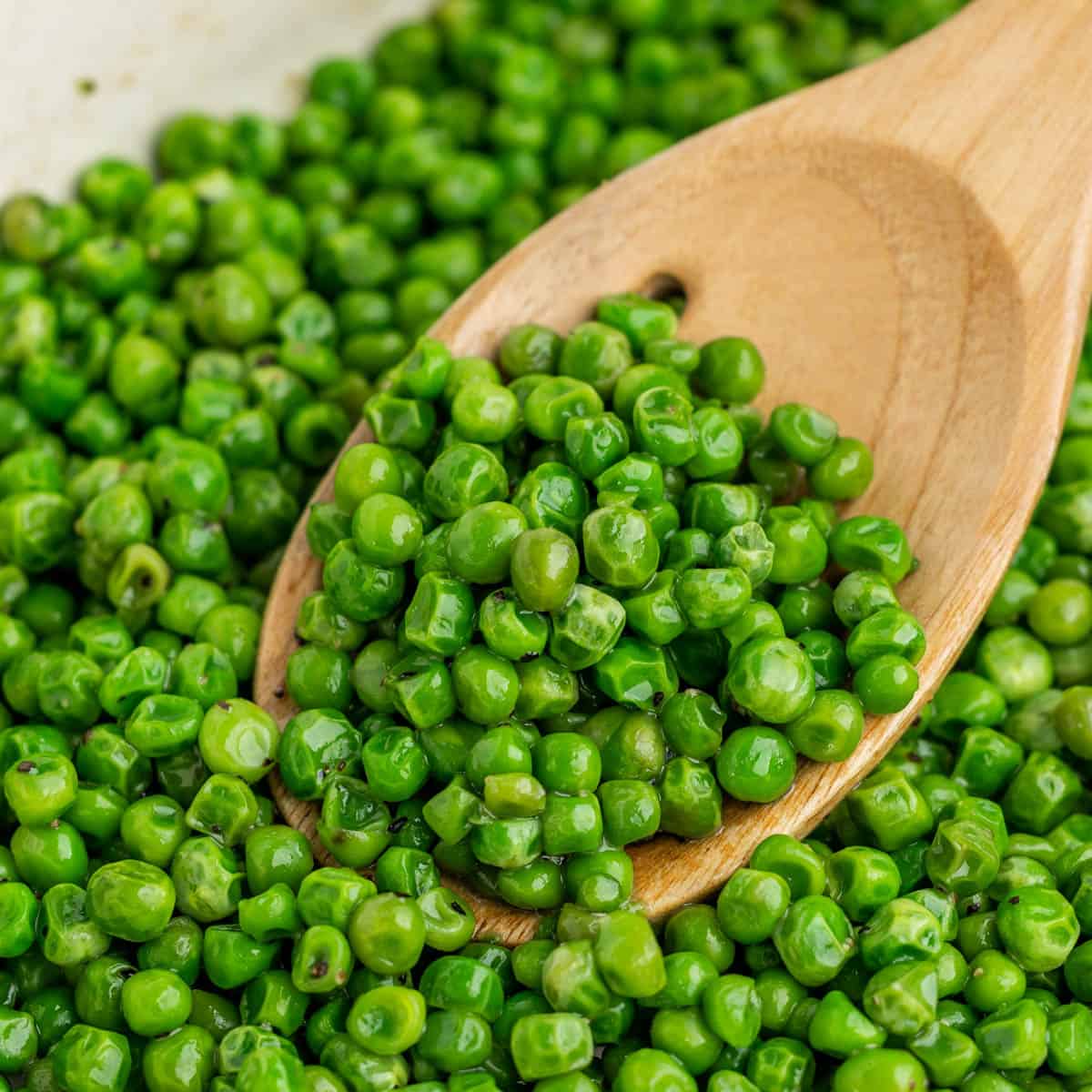
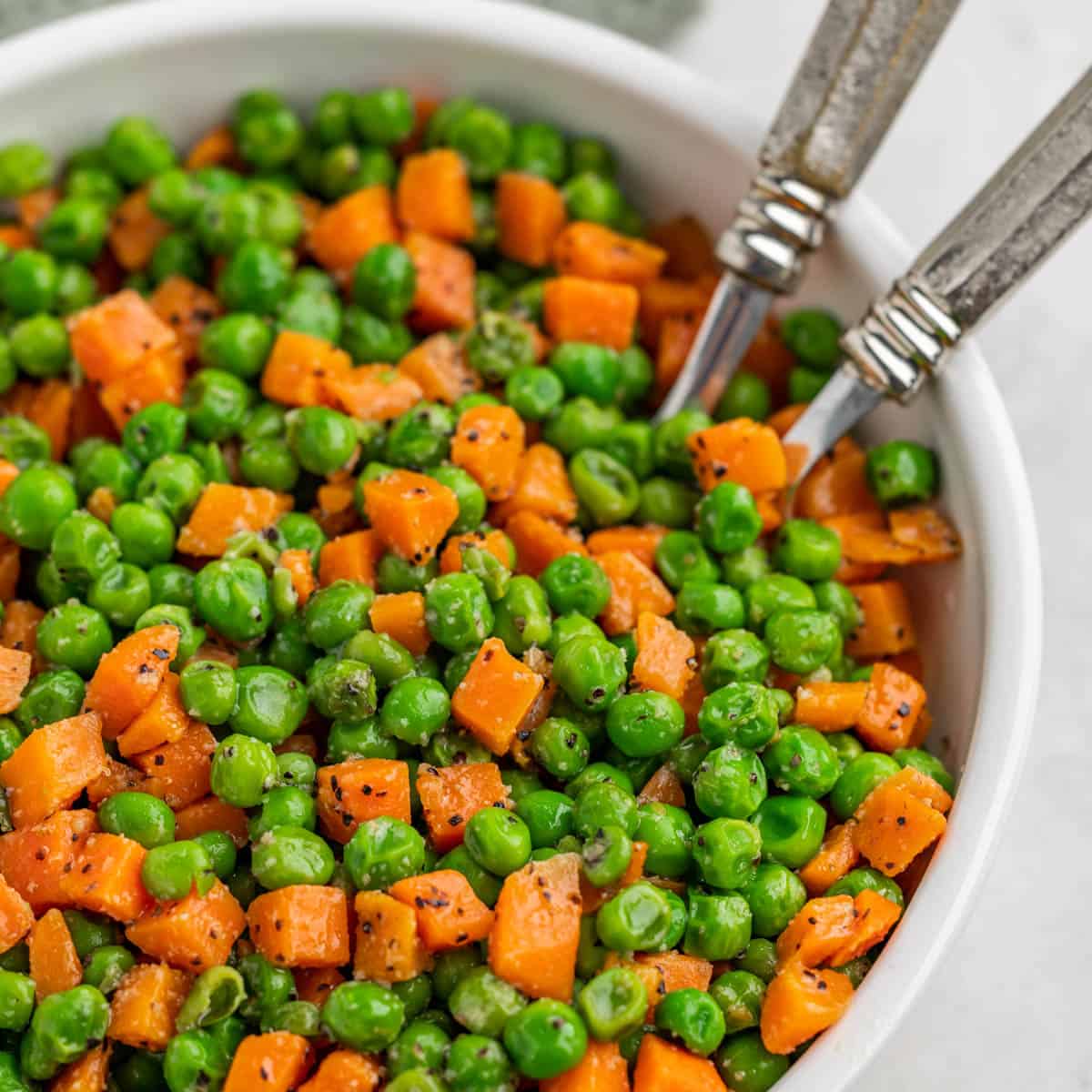
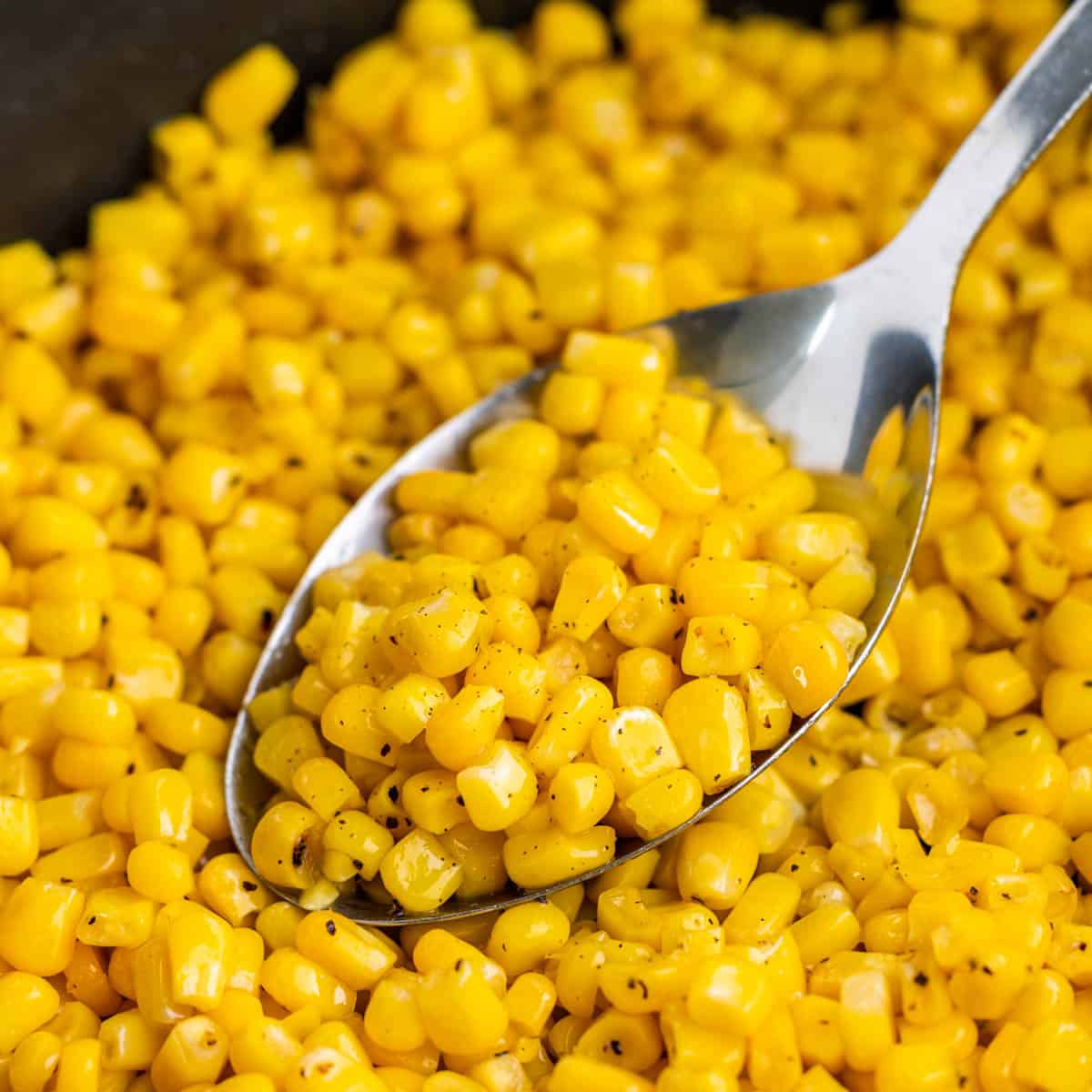
Simply click on the image to be taken to the recipe and let your eyes feast on veggie heaven!

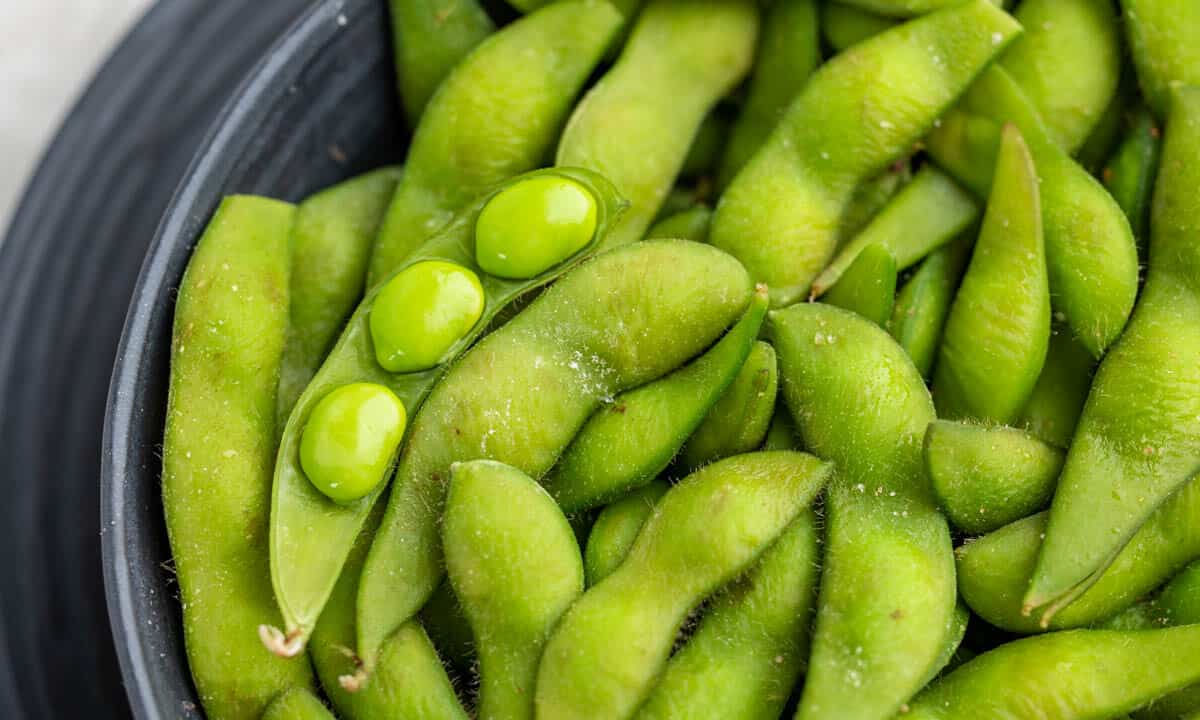
First time trying and they were great!!
I love garlic salt on mine